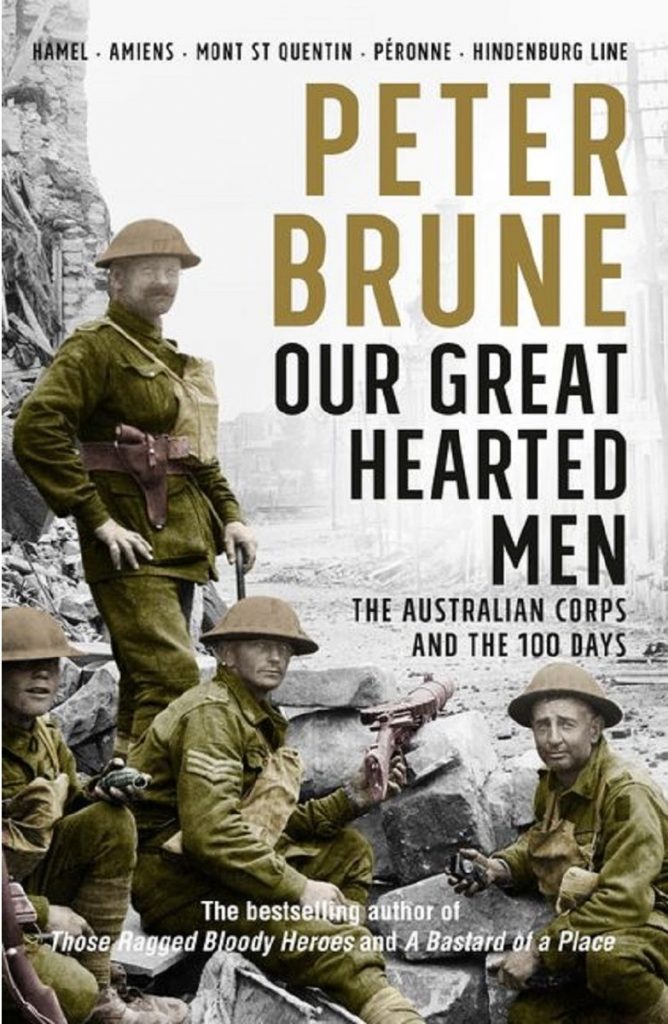There have been several books that have focussed on the final First World War battles of the Australian Corps. The first was F.M. Cutlack’s (1918) The Australians Their Final Campaign, 1918: an account of the concluding operations of the Australian Divisions in France. You could certainly include General Monash’s The Australian Victories in France (1920). Will Davies has recently written The Last 100 days: the Australian road to victory in the First World War.

Hardback 464pp RRP $49.99
This is a step-by-step account of the battles by the newly formed Australian Corps under General Monash’s command. It assesses each battle dispassionately, examining its concept, the passage of information to commanders and the resultant actions by battalions. The personal accounts of the soldiers involved in each action enhance the general narrative. The text is accompanied by a series of maps notable for their usefulness and clarity.
Monash’s leadership and that of his five divisional commanders is given close scrutiny throughout. It is a well-balanced assessment, with several acknowledgements to the pioneering work on Pedersen’s Monash as a Military Commander. Another notable advantage of this book is that it takes good account of the flanking British formations and their contribution to what are often seen as Australian-only successes.
This book gives a particularly clear account of the Mont St Quentin and Péronne battles, deservedly emphasising their importance. These battles showed a remarkable facility for flexible manoeuvre which seems to have been too little recognised. The treatment of the quite different battle of Lihons and the 1st Division’s decision to dispense with preliminary barrage is, for me, somewhat less satisfactory, principally for the lack of mention of the casualties suffered by the 7th Battalion AIF – it deals well with the other leading (8th) battalion’s suffering.
I can find little to criticise in this book. In the informative section about artillery, Brune rightly points out the importance of the development of the sound ranging technique to locate enemy artillery. He does not mention the role of a fellow South Australian, Lawrence Bragg, and Nobel laureate, in its development. He ennobles Maurice Hankey in 1915 well before his elevation to the peerage. p78). I would also take issue with the book’s indexer who has chosen to order all units, regardless of whether Australian or British, by numerical order rather than within national groups.
This is a most useful book. Its careful analysis and clear narrative place it in a pre-eminent position among the books dealing with this important part of Australia’s First world War.
Reviewed for RUSIV by Mike O’Brien September 2019
Contact Royal United Services Institute about this article.






